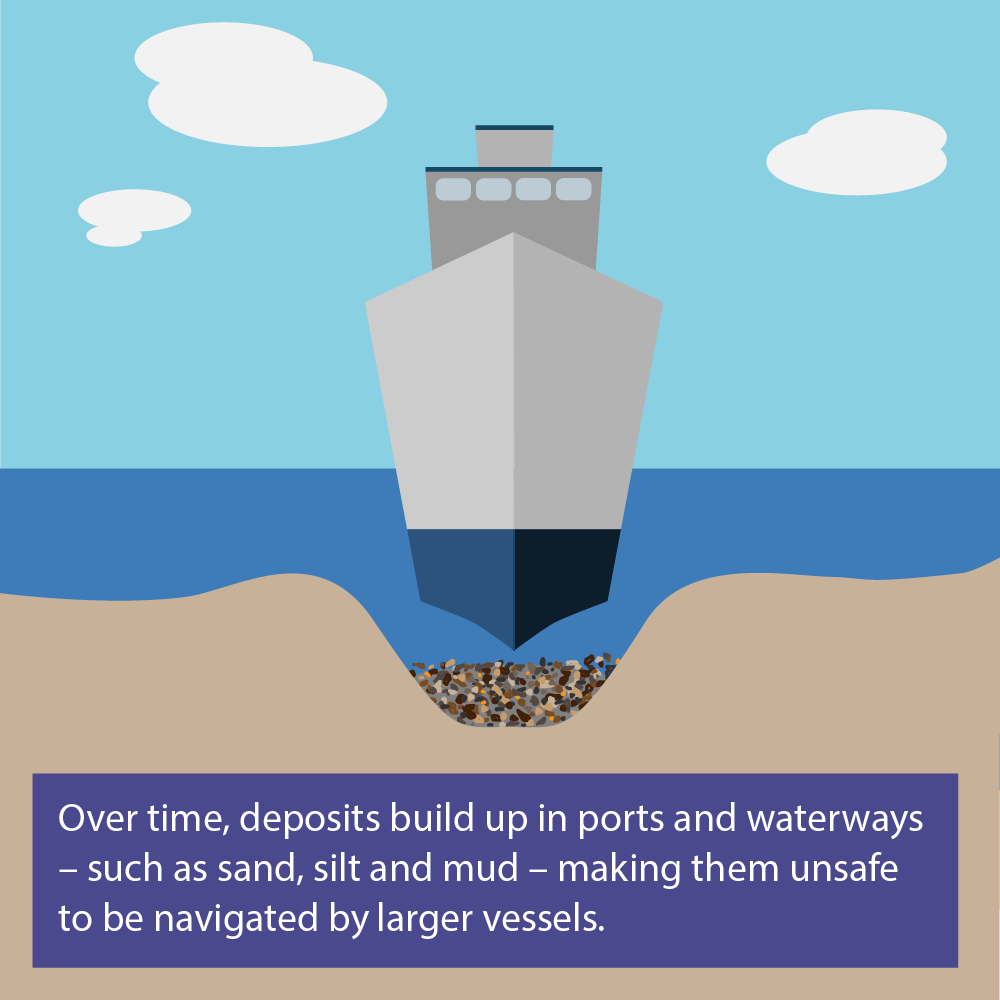

These crawlers can be fitted with a variety of sensors and payloads to fulfill missions including as a prepositioned Supply Dump (/cache). Being tracked also simplifies bouyancy which notrmally complicates payload deployment, and also operating in mixed fresh and salt water. This means that they can be deployed either ashore or at sea. Unlike regular UUVs (Uncrewed Underwater Vehicles) the crawlers are amphibious. RANGE 38km+ 1.8km/hr, 64km+ at slower speeds. STANDARD DIMENSIONS 5 x 6 x 1 ft (1.5 x 1.8 x 0.3m) These are much smaller than some of the previous designs but, they are big enough to be useful. The numbers refer to their payload capacity in pounds.

There are three models offered, the Bayonet 150, 250 and the larger Bayonet 350. The Bayonet series are modern reinvention of the crawler concept. But these were largely history, there are few examples today. An example role for these was cable laying. And there have been uncrewed crawlers too, in Russia and the West. And during the Cold War the famous American spy submarine NR-1 had wheels to allow it to drive along the seabed. Although it floated like a regular submarine once at sea. During World War Two, the German Seeteufel midget submarine had tracks to allow it to enter and leave the water unassisted. There have been several crawler submarines in the past. What the Bayonet series of crawlers adds is modern levels of automation, reliability and flexibility. The concept of submarine crawlers, which use tracks to navigate on the sea floor is not new.


 0 kommentar(er)
0 kommentar(er)
